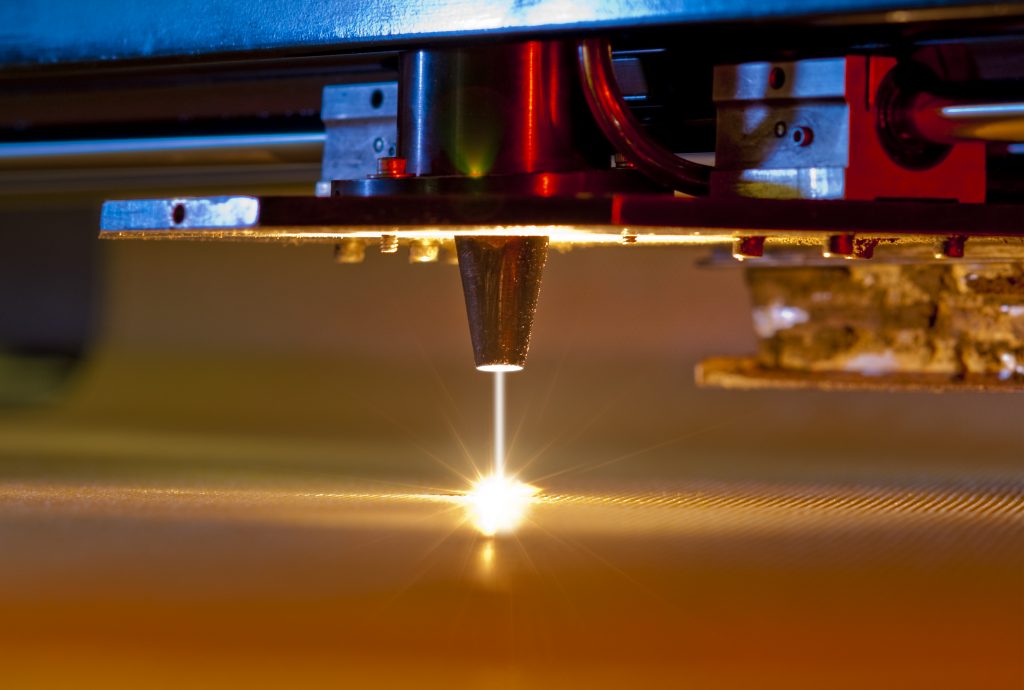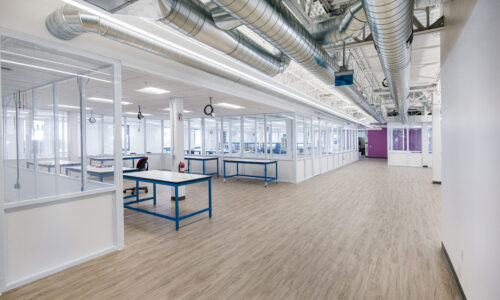
7 Construction-Technology Trends to Watch in 2017
As 2016 comes to an end, construction professionals are beginning to focus their attention on what the new year will hold for the industry. In today’s technology-driven world, it should come as no surprise that many of the biggest 2017 construction trends revolve around new technologies that improve and enhance the building design and construction process.
It is important for professionals in construction and related industries to stay up-to-date on the latest technology trends so that they can stay ahead of the curve and remain competitive in the new year. Below, we will give a brief overview of the top technology trends of 2017 and explain more about how they are influencing individuals in the construction and real estate industries.
2017 Construction Trends to Watch
With so much to think about in the new year and so many technology trends gaining traction, where should you focus your energy? Here are seven trends that construction professionals should watch in 2017 to stay ahead of the game:
1. Smart Buildings
Smart buildings use information technology to stay connected to building systems, people and the global environment. These buildings use automated processes to control building operations such as air conditioning, heating, ventilation, lighting, security, and other home systems. Using sensors, microchips, and other devices, smart buildings collect data and manage it based on the building’s function. Though some homeowners implement smart building technology in their homes, this construction-tech trend may be more prevalent in the commercial real estate industry as it allows business owners and facility managers to optimize their use of space, reduce energy usage, and minimize environmental impacts.
2. Detailed 3D BIM Modeling
Building Information Modeling, or BIM, is a 3D model-based process for creating and managing project information. Though this technology may be most associated with the design process, 3D BIM modeling can be used before, during, and after construction. The building information model is a digital description of every aspect of the build, and objects in the model can be linked to related information such as photos, specifications or manuals. This technology can benefit construction professionals by helping them create better plans, produce faster results, and stay within budget.
3. Energy-Saving Buildings
According to the U.S. Department of Energy, about 20 percent of all U.S. energy use goes toward powering commercial buildings. Energy-saving building design and construction is a powerful way to help businesses save energy and cut costs while reducing their impact on the environment. Developing these buildings requires a whole-building design approach where the construction team designs and builds all the elements so that they work together. This innovative approach to building, along with corresponding energy-efficient materials and technologies, can produce buildings that are up to 70 percent more efficient than the average commercial building.
4. Connected Job Sites (Integrated Mobile Technology and Information)
The integration of mobile technology on construction job sites has helped project teams streamline the entire construction process. Recording job site data on a mobile device increases efficiency and reduces costs while allowing field offices and remote team members to gain complete visibility into job-site data. Mobile devices also help improve communication between contractors, owners, architects and the construction team. Team members no longer have to slow progress to wait for an answer to their question or address a pressing concern. What’s more, is that video and photo capabilities allow real-time collaboration and can improve quality assurance.

5. Prefabrication
Though prefabrication has been used for years in the construction industry, new technologies and construction practices that make prefabrication even more beneficial are emerging. Building information modeling is changing the way that teams collaborate on projects, enabling these teams to use prefabrication more often on larger and more complex projects. The recent growth in green building has also impacted the use of prefabrication in construction. Using energy simulation and prefabrication, project teams can design and construct buildings that are more environmentally friendly.
6. Cost and Schedule Modeling with 5D Macro-BIM
5D BIM links the 3D CAD components of standard building information modeling with cost-related information and time constraints. This type of modeling can be a game-changer for the construction industry as it gives everyone involved in the building project, including the client, a more accurate understanding of conceptual design as it applies to both the project’s budget and schedule. Users can show the client in real-time how changes to materials, layouts, and other design elements impact the appearance of the building, cost of the build, and construction schedule. Using 5D Macro-BIM for cost and schedule modeling allows the project team to create a clear and precise project scope while reducing or eliminating costly design changes later in the construction process.
7. Unmanned Aerial Vehicles (UAVs)
In the simplest terms, an unmanned aerial vehicle (UAV) is an aircraft that can be piloted through a remote device or onboard computer. These vehicles can be automated using predetermined flight paths, or they can be controlled manually using a mobile device or remote control. UAVs or aerial drones can help construction professionals conduct site surveys or track project progress in real-time by generating aerial photos, maps, and 3D images. This technology is also helpful for ensuring worksite safety and improving productivity.

If you want to be an industry leader, it is important to keep an eye on these construction-technology trends and learn more about how they can have an impact on your work. By staying up-to-date with the latest in construction technology, you can make more informed decisions about how to work smarter, cut costs, improve productivity, and deliver a superior final product.
Download Our FREE Guide
As a leader in Bay Area construction, South Bay Construction has over 37 years of experience in the local construction industry. If you are looking for a partner you can trust, contact us at 408.379.5500 and request a quote today!
To get more information like this, download our FREE guide, “Field Notes: A 2017 Guide to Construction Technology.” Inside you’ll find the information you need to stay up-to-date on the emerging technologies of 2017.



